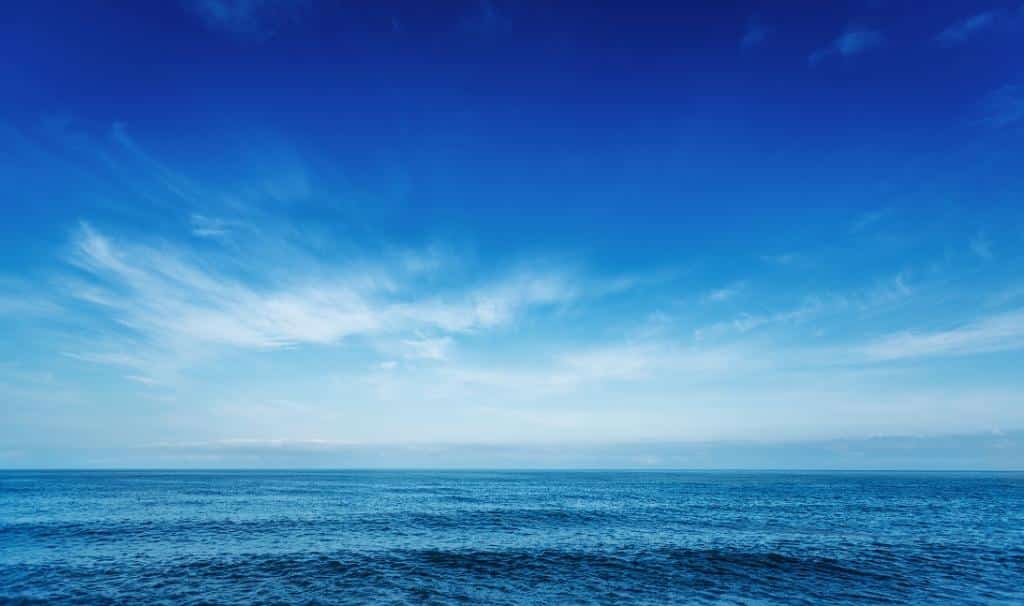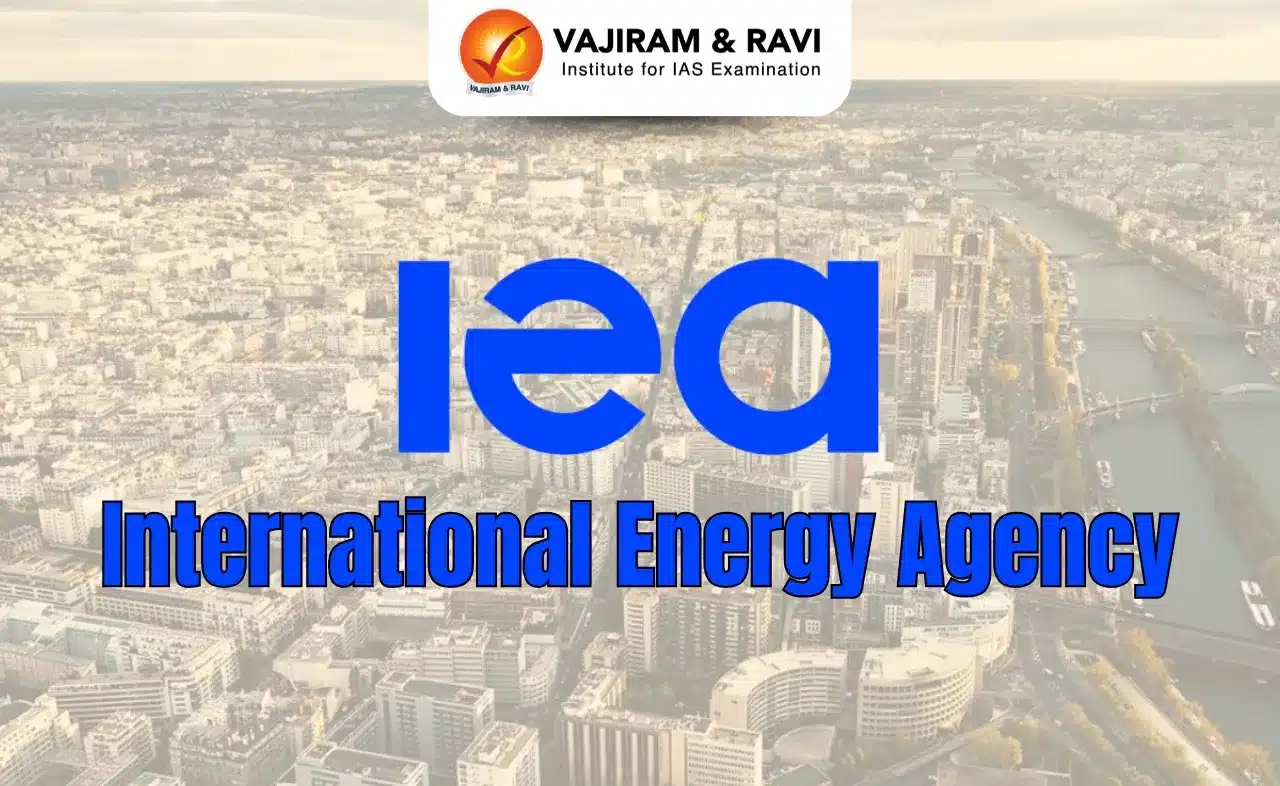Key findings of the report:
- Oceans along with absorbing carbon dioxide and moderating the climate also cool the planet by releasing short-lived halogens such as chlorine, bromine and iodine
- The short-lived halogens from the ocean reduce warming by depleting ozone.
- They increase methane’s lifetime in the atmosphere by destroying hydroxyl radicals (OH).
- They have increased the global methane burden by 14 per cent and 9 per cent for pre-industrial and present-day conditions.
- Halogens increase the levels of water vapour, a greenhouse gas in the atmosphere.
- The emission of halogen from the ocean is not the same across the world.
- Over continents, the emissions are small while it is bigger in polar regions and some places with higher ozone levels.
Key facts about Halogens:
- The term Halogen in Greek means salt-producing because it reacts with many metals to produce salts.
- They are a group of elements located in Group 17 of the periodic table which includes fluorine (F), chlorine (Cl), bromine (Br), iodine (I), and astatine (At).
- In 1826, Swedish chemist Jons Berzelius coined the term halogen for the entire group of elements.
- Unlike metals, they exist in all three different states of matter in their standard state.
- For example, fluorine is found naturally as a gas, bromine as a liquid, and the larger iodine is found naturally as a solid.
- Reactivity: Halogens are the most reactive nonmetals on the periodic table and are powerful oxidizing agents.
Q1) What is GHG?
GHG stands for greenhouse gas. These are gases that trap heat in the Earth’s atmosphere, leading to the greenhouse effect and contributing to global warming and climate change.
Last updated on June, 2025
→ UPSC Notification 2025 was released on 22nd January 2025.
→ UPSC Prelims Result 2025 is out now for the CSE held on 25 May 2025.
→ UPSC Prelims Question Paper 2025 and Unofficial Prelims Answer Key 2025 are available now.
→ UPSC Calendar 2026 is released on 15th May, 2025.
→ The UPSC Vacancy 2025 were released 1129, out of which 979 were for UPSC CSE and remaining 150 are for UPSC IFoS.
→ UPSC Mains 2025 will be conducted on 22nd August 2025.
→ UPSC Prelims 2026 will be conducted on 24th May, 2026 & UPSC Mains 2026 will be conducted on 21st August 2026.
→ The UPSC Selection Process is of 3 stages-Prelims, Mains and Interview.
→ UPSC Result 2024 is released with latest UPSC Marksheet 2024. Check Now!
→ UPSC Toppers List 2024 is released now. Shakti Dubey is UPSC AIR 1 2024 Topper.
→ Also check Best IAS Coaching in Delhi
























